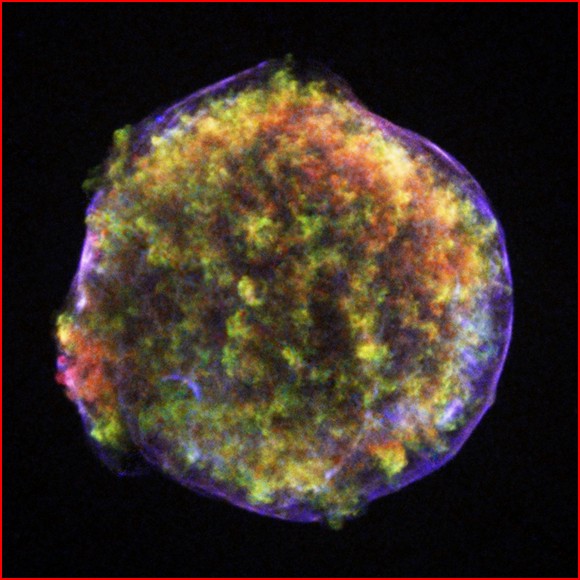
Posted on 12/17/2014 1:48:27 PM PST by BenLurkin
"Most people would have thought the interstellar medium would have been smooth and quiet," study researcher Don Gurnett, professor of physics at the University of Iowa, and the principal investigator of Voyager 1's plasma wave instrument, said in a statement from NASA. "But these shock waves seem to be more common than we thought."
(Excerpt) Read more at space.com ...
EU ping
/mark


Kreiger Waves?
“The density of the plasma is higher the farther Voyager goes,”
Gee, it’s almost as if the sun’s magnetosphere protects us from the “galactic wind”, just as the earth’s magnetosphere protects us from the “solar wind”. Perhaps cosmologies built on observations from within our little protected bubbles are a bit short-sighted.
Can any science geek answer a couple of really stupid questions for me?
1. Am I right in thinking the audio is a snippet a day for the two year period, like a time lapse video? So the “sound” we “hear” for a few seconds would have been heard continuously from say the 150th day of 2014 to the 250th?
2. If that wave encountered a planet with an atmosphere like ours and no geomagnetic protection, would the wave have been able to excite the air to the point that a person standing on that planet could hear it??
Worm hole?

If you want on or off the Electric Universe Ping List, Freepmail me.
Surf’s up!
Always interesting. Thanks for posting & pinging.
“2. If that wave encountered a planet with an atmosphere like ours and no geomagnetic protection, would the wave have been able to excite the air to the point that a person standing on that planet could hear it??”
Well, I’m not sure an atmosphere like ours could exist without a magnetosphere, but let’s say it could. Any wave can induce sympathetic vibrations in a medium, but there is only a very narrow range of electromagnetic frequencies that could be audible to us.
Usually, when they play sound clips like this, the actual EM frequencies have been sped up or slowed down until they are in the audible range so that we can listen to them. If these vibrations were right in the audible “sweet spot” naturally, then yes, you might be able to hear some sound when they hit an unshielded atmosphere.
Disclaimer: Opinions posted on Free Republic are those of the individual posters and do not necessarily represent the opinion of Free Republic or its management. All materials posted herein are protected by copyright law and the exemption for fair use of copyrighted works.